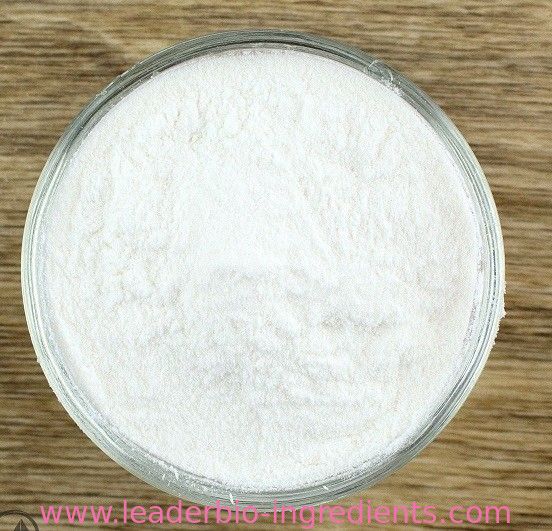| PINOSYLVIN Basic information |
| Product Name: |
PINOSYLVIN |
| Synonyms: |
(e)-5-stilbenediol;5-(2-phenylnyl)-3-benzenedio(e)-;pinosylvine;AKOS 211-07;3,5-DIHYDROXY-STILBENE;3,5-TRANS-DIHYDROXYSTILBENE;5-(2-Phenylnyl)benzene-1,3-diol;5-[(E)-2-Phenylnyl]-1,3-benzenediol |
| CAS: |
22139-77-1 |
| MF: |
C14H12O2 |
| MW: |
212.24 |
| EINECS: |
683-184-0 |
| Product Categories: |
Stilbenes (substituted) |
| Mol File: |
22139-77-1.mol |
 |
| |
| PINOSYLVIN Chemical Properties |
| Melting point |
155.5-156° |
| Boiling point |
312.08°C (rough estimate) |
| density |
1.1035 (rough estimate) |
| refractive index |
1.6000 (estimate) |
| storage temp. |
2-8°C |
| pka |
9.34±0.10(Predicted) |
| BRN |
1870942 |
| InChIKey |
YCVPRTHEGLPYPB-VOTSOKGWSA-N |
| Hazard Codes |
Xn,N |
| Risk Statements |
22-36-51/53 |
| Safety Statements |
26-61 |
| RIDADR |
UN 3077 9 / PGIII |
| WGK Germany |
3 |
| RTECS |
WJ5580000 |
| |
| PINOSYLVIN Usage And Synthesis |
| Chemical Properties |
Off-white crystalline powder |
| Enzyme inhibitor |
This trans-stilbene derivative (FW = 212.25 g/mol; CAS 102-61-4; M.P. = 155.5-156°C; low solubility in water), also known as (E)-3,5-stilbenediol and trans-3,5-dihydroxystilbene and named systematically as 5-[(E)-2- phenylnyl]benzene-1,3-diol, occurs naturally in the hardwood of pine and other woody plants. Pinosylvin exxhibits micromolar Ki values for specific isozymes of stilbene synthase and chalcone synthase. Target(s): chalcone synthase; stilbene synthase; tyrosinase, or monophenol monooxygenase. |
| |
PINOSYLVIN Preparation Products And Raw materials
|
|

